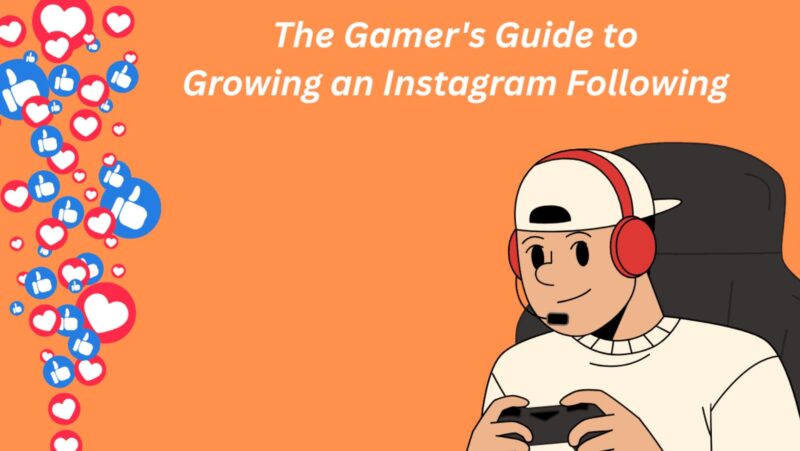
Online poker has come a long way. As technology has advanced, it’s good to have the different variants available to players. In the early days, the only option was basic Texas Hold’em, but now sites offer everything from Omaha to mixed games. This evolution has dramatically expanded the possibilities for strategy, competition and overall enjoyment.
More Game Options
The range of available game variants has exploded over the years. While Texas Hold’em remains the most popular option, sites like 24 Casino now routinely offer Omaha, Omaha Hi/Lo, Seven Card Stud, mixed games and more. This variety accommodates different player preferences and skills.
Back in 2000, most online poker sites only spread Texas Hold’em and maybe Seven Card Stud. Today’s sites have 10+ variants running at all limits and stakes. This depth of game selection allows players to switch between formats to keep things fresh.
Faster Play
Online poker is played at a significantly faster pace compared to live games. Where a live dealer has physical tasks to perform, online card dealing and betting is automated. This enables more hands to be played per hour.
For example, it’s common to see 60–100 hands per hour at low stakes online Hold’em tables. At a live casino, the rate is typically 30–40 hands per hour. This quicker tempo tests players’ focus and adaptability.
Wider Stakes
While the stakes have expanded considerably across all variants, this difference is most pronounced in Texas Hold’em. Due to its enduring popularity, sites spread Hold’em games from $0.01/$0.02 blinds all the way up to $500/$1,000 or higher. This enormous range accommodates small bankrolls and high rollers alike.
Back in 2005, the ceiling for online Hold’em stakes was around $30/$60 blinds. Top sites now spread nosebleed games up to $2,000/$4,000 blinds and higher upon request. This evolution lets deep pocketed pros and whales battle for six figure pots.
Anonymous Tables
Unlike live poker where opponents are clearly visible, online poker utilizes anonymous screen names. This means observant players can’t rely on physical tells and habits. Instead, they must focus more on betting patterns and math-based reads.
Playing anonymously has some advantages too. Recreational players don’t feel as intimidated, and regulars can avoid player targeted table changes. However, the lack of physical interaction also removes table banter and camaraderie.
| Poker Variant | Game Speed | Stakes Range | Key Strategy Differences |
| Texas Hold’em | Fast 60-100 hands/hour | $0.01/$0.02 to $500/$1,000+ blinds | More players per hand means more emphasis on position, implied odds and postflop play |
| Omaha | Fast 60-100 hands/hour | $0.02/$0.05 to $10/$25+ blinds | Having 4 hole cards instead of 2 opens up many more preflop hands to play |
| Omaha Hi/Lo | Fast 60-100 hands/hour | $0.05/$0.10 to $30/$60+ blinds | Scooping the whole pot is rare, so players must focus on half-pot equity |
| Seven Card Stud | Medium 40 hands/hour | $0.05/$0.10 to $75/$150+ bring-in | No community cards means hand values don’t change on later streets |
| Mixed Games | Varies | $0.10/$0.20 to $50/$100+ stakes | Frequent game changes require adjusting strategy for each variant |
More Multi-Tabling
Back in the early 2000s, most players stuck to one table at a time. But software advancements have enabled easy multi-tabling. Good players can now play 6–12 tables simultaneously to maximize volume.
Mass multi-tabling requires quick understanding of new opponents and adapting quickly as players leave and join tables. This puts pressure on memory and awareness skills compared to playing just a couple of tables.
Of course, recreational players can still choose to play only one or two tables at their own pace. The option to multi-table simply didn’t exist 10–15 years ago online.
Wider Device Usage
During online poker’s infancy, players were stuck sitting at computer desks to get their action. But the rise of smartphones and tablets now allows playing from anywhere. Registration and account funding processes are also tailored for mobile users.
Platform flexibility means players can grind short sessions from work breaks, travel downtime, or home couches. However, smaller screens can make multi-tabling trickier without compromising user interface quality.
Anonymous Tables
Unlike live poker where opponents are clearly visible, online poker utilizes anonymous screen names. This means observant players can’t rely on physical tells and habits. Instead, they must focus more on betting patterns and math-based reads.
Playing anonymously has some advantages too. Recreational players don’t feel as intimidated, and regulars can avoid player targeted table changes. However, the lack of physical interaction also removes table banter and camaraderie.
Conclusion
The online poker landscape has changed enormously over the past 20 years. The variety of game variants has dramatically increased, play speed is much faster, stakes are higher, and multi-tabling is commonplace. Players can also now use mobile devices instead of just computers.
However, one thing remains constant – the allure of pitting your poker wits against real opponents for cold hard cash. The convenience and efficiency of online poker make it easy to find a suitable game 24/7. So players should have no trouble finding a format well-matched to their experience level and playing style.













